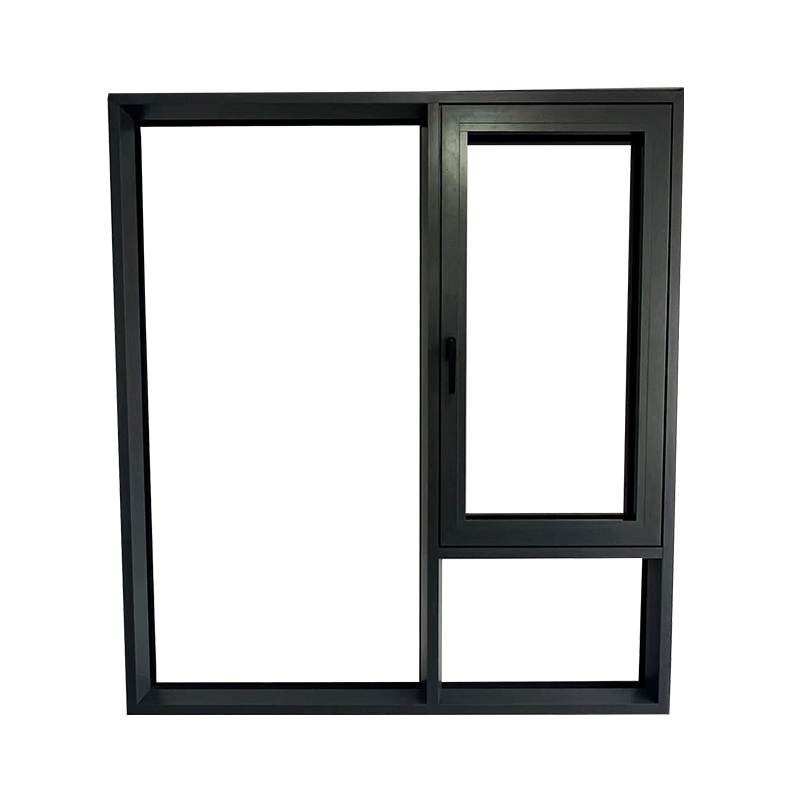Send inquiry
There are different grades and thicknesses of aluminum used in storm windows. These variations can affect the performance, durability, and cost of the storm windows. Here’s a detailed overview:
Grades of Aluminum:
1. Alloy Composition:
Common Alloys: Aluminum storm windows is typically alloyed with other elements to enhance its properties. Common alloys include 6061, 6063, and 1100, each with different characteristics.
6061: Known for its strength and corrosion resistance, often used in structural applications.
6063: Known for its excellent extrudability and smooth surface finish, making it ideal for window frames.
1100: Pure aluminum with good corrosion resistance and formability, but lower strength compared to alloyed aluminum.
2. Temper Designations:
Heat Treatment: Aluminum alloys can be heat-treated to improve their strength and hardness. Common temper designations include T5 (cooled from an elevated temperature shaping process and then artificially aged) and T6 (solution heat-treated and then artificially aged).

Thicknesses of Aluminum:
1. Frame Thickness:
Typical Range: The thickness of aluminum used in storm window frames can vary, typically ranging from 0.0625 inches (1.6 mm) to 0.125 inches (3.2 mm). Thicker frames generally offer greater strength and durability.
Performance Impact: Thicker aluminum frames can provide better resistance to wind and impact, enhancing the window’s overall performance in severe weather conditions.
2. Panel Thickness:
Single vs. Double Glazing: The thickness of the aluminum used in the panels can also vary. Double-glazed panels may require thicker or more robust frames to support the additional weight and improve thermal performance.
Impact of Different Grades and Thicknesses:
1. Strength and Durability:
Higher Grades: Higher-grade aluminum alloys, like 6061, offer greater tensile strength and are more resistant to deformation and damage.
Increased Thickness: Thicker aluminum frames are more robust and can better withstand external forces, such as strong winds and impacts from debris.
2. Thermal Performance:
Thermal Breaks: Thicker frames can more effectively incorporate thermal breaks, which are insulating barriers within the frame that reduce heat transfer and improve energy efficiency.
Glazing Compatibility: Different grades and thicknesses of aluminum can accommodate various glazing options, impacting the overall thermal performance of the storm window.
3. Weight and Ease of Installation:
Weight Considerations: Thicker aluminum frames are heavier, which can make installation more challenging but also means they are sturdier.
Ease of Handling: Higher grades of aluminum may be easier to work with during installation due to their better machinability and formability.
4. Cost:
Material Costs: Higher-grade aluminum alloys and thicker frames are typically more expensive due to the increased material costs and enhanced performance features.
Long-term Value: Despite the higher upfront cost, investing in better grades and thicker aluminum can result in long-term savings through reduced maintenance and improved durability.
Different grades and thicknesses of aluminum are available for storm windows, each offering various benefits in terms of strength, durability, thermal performance, and cost. Choosing the appropriate grade and thickness depends on factors such as the local climate, the specific requirements of the installation, and the desired balance between performance and budget. For optimal results, it’s important to consult with manufacturers or professionals who can recommend the best options based on your specific needs and conditions.